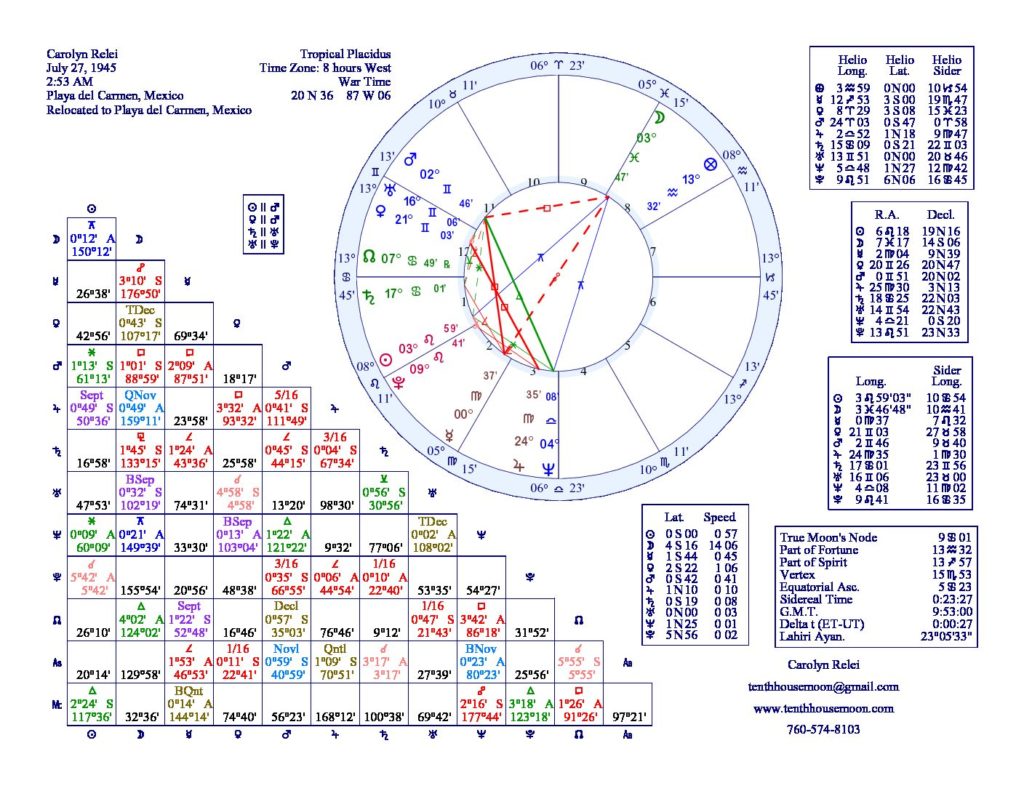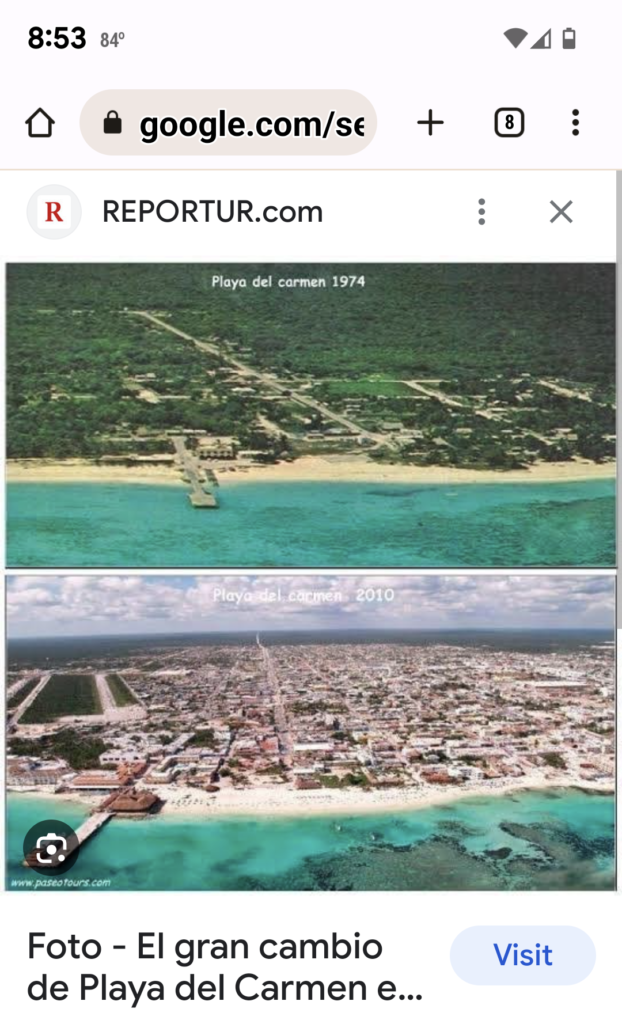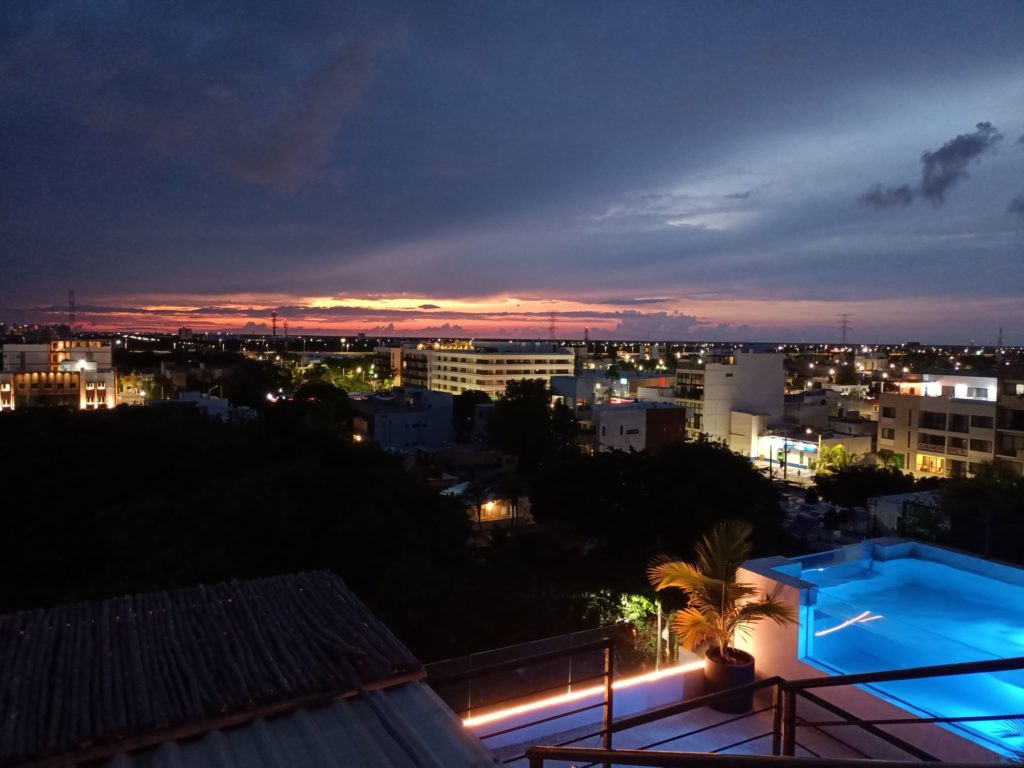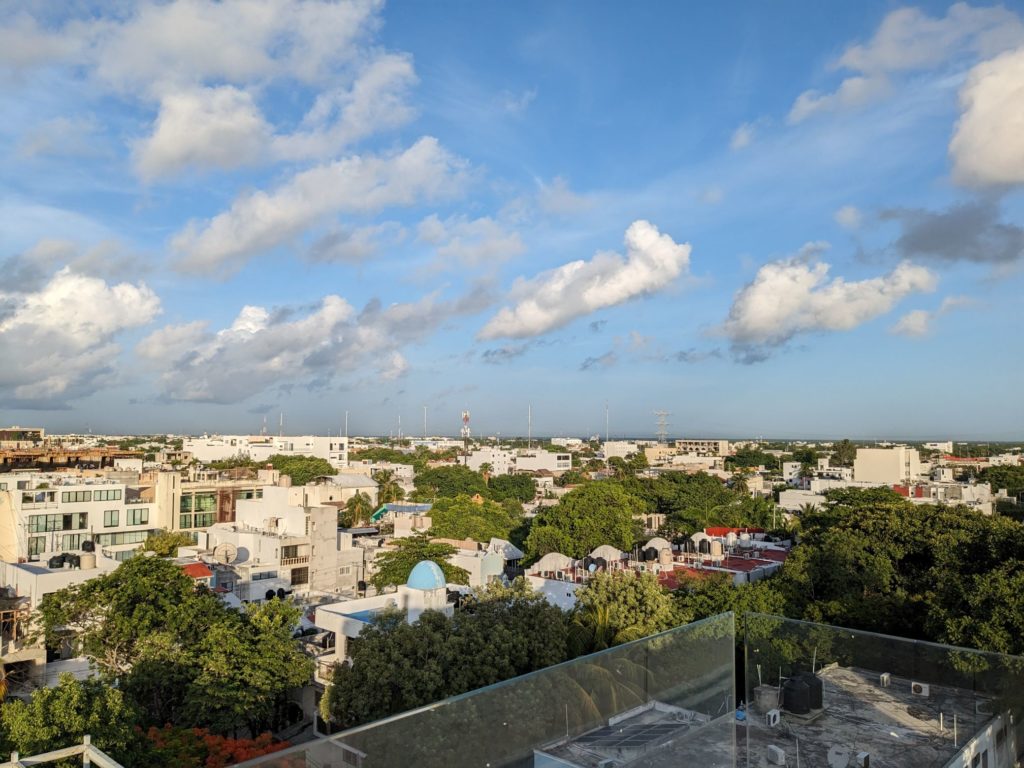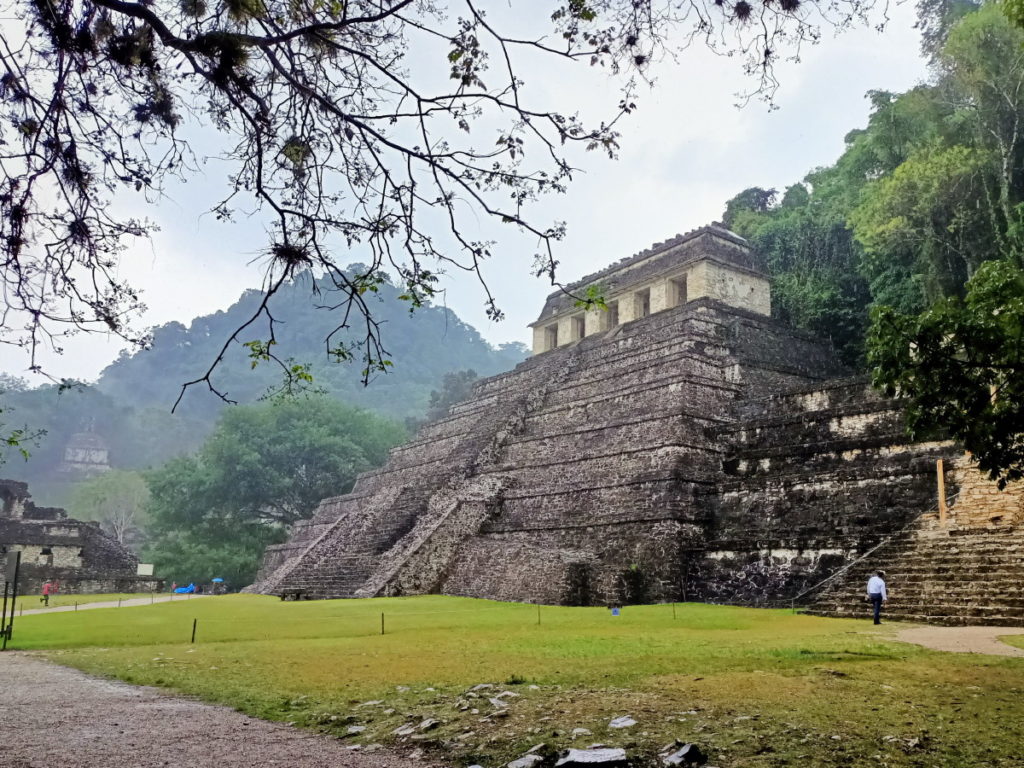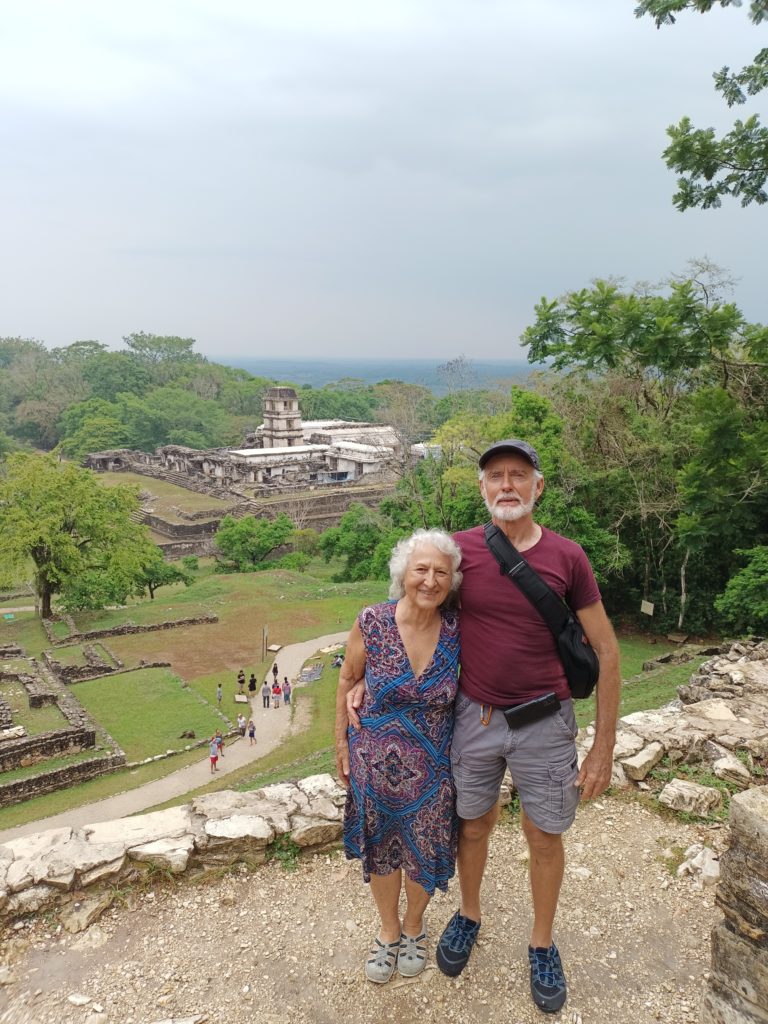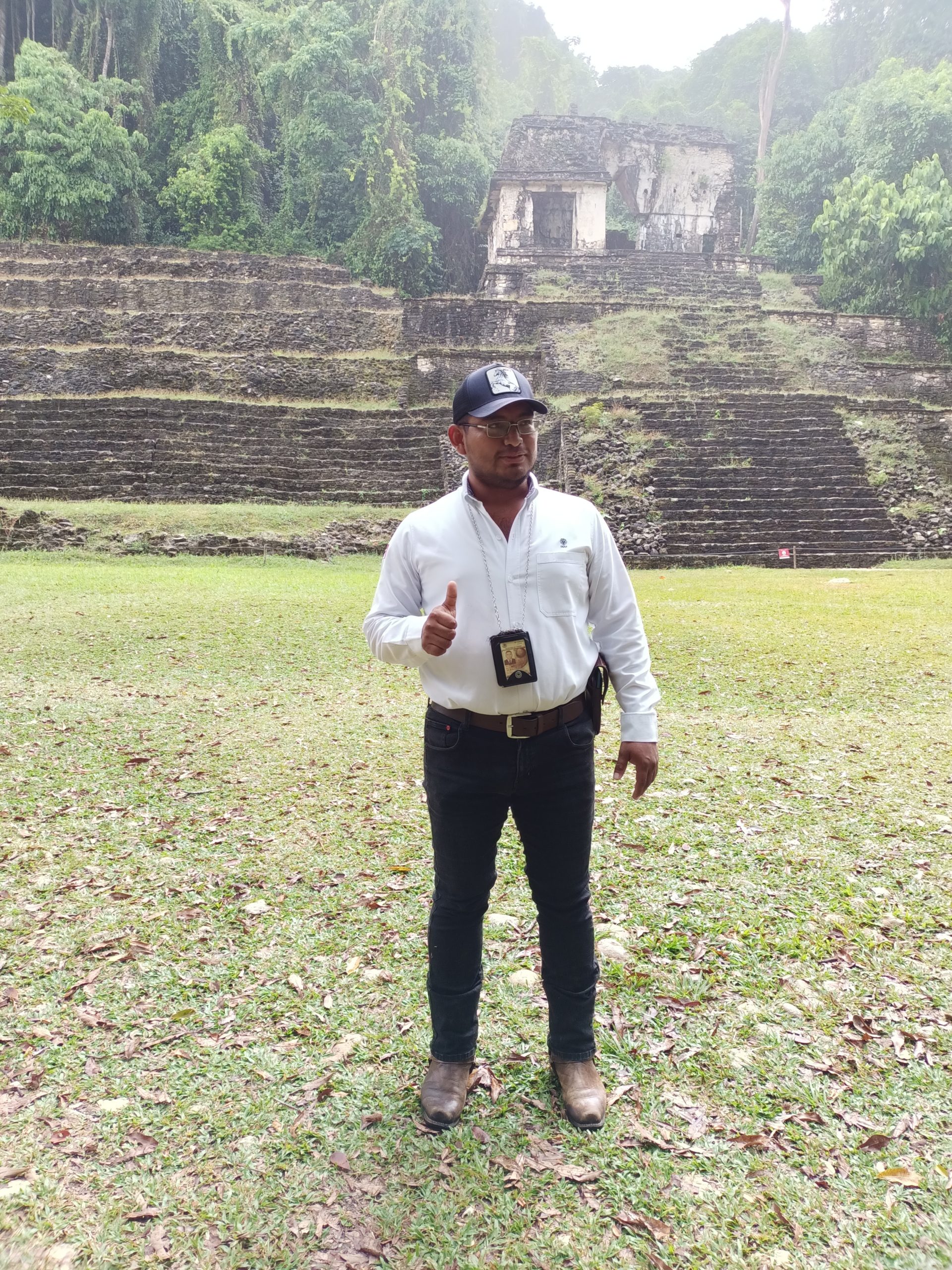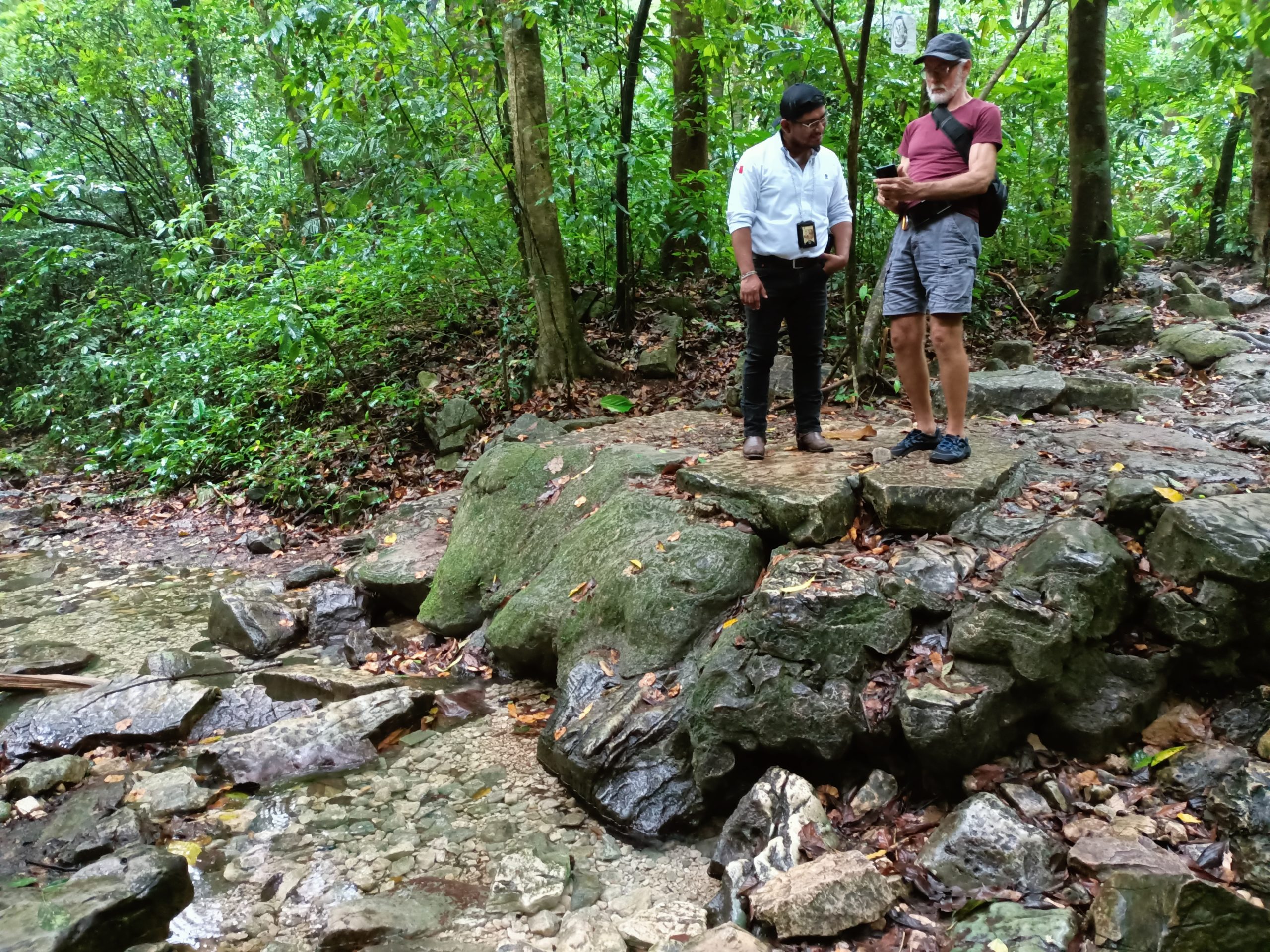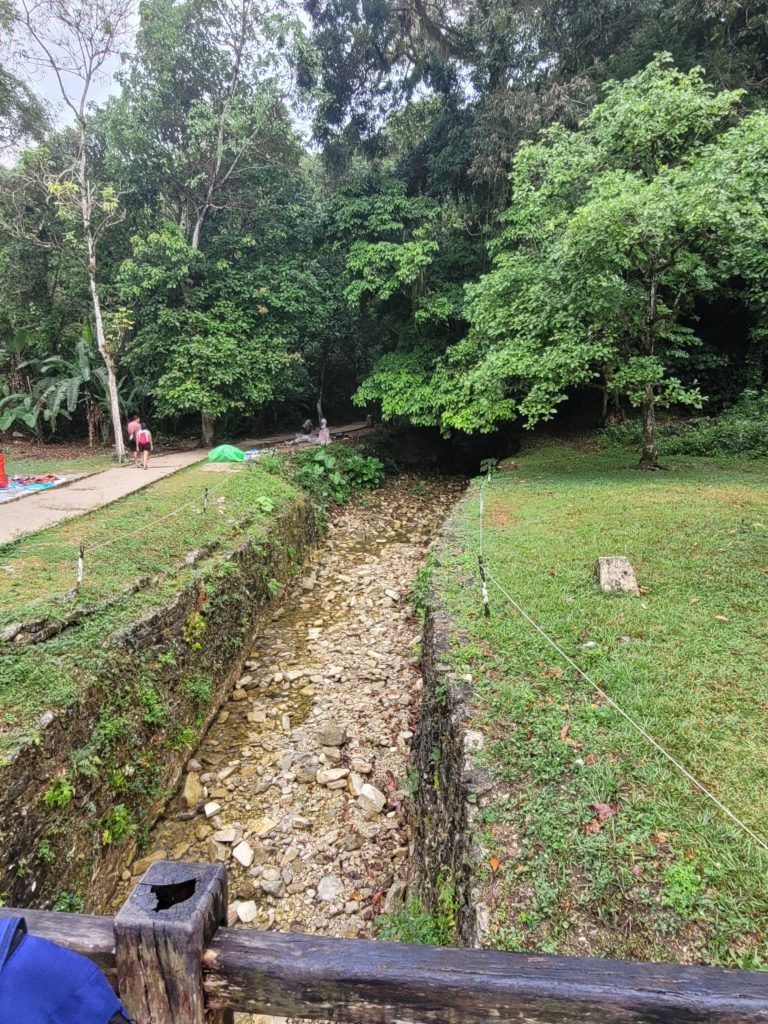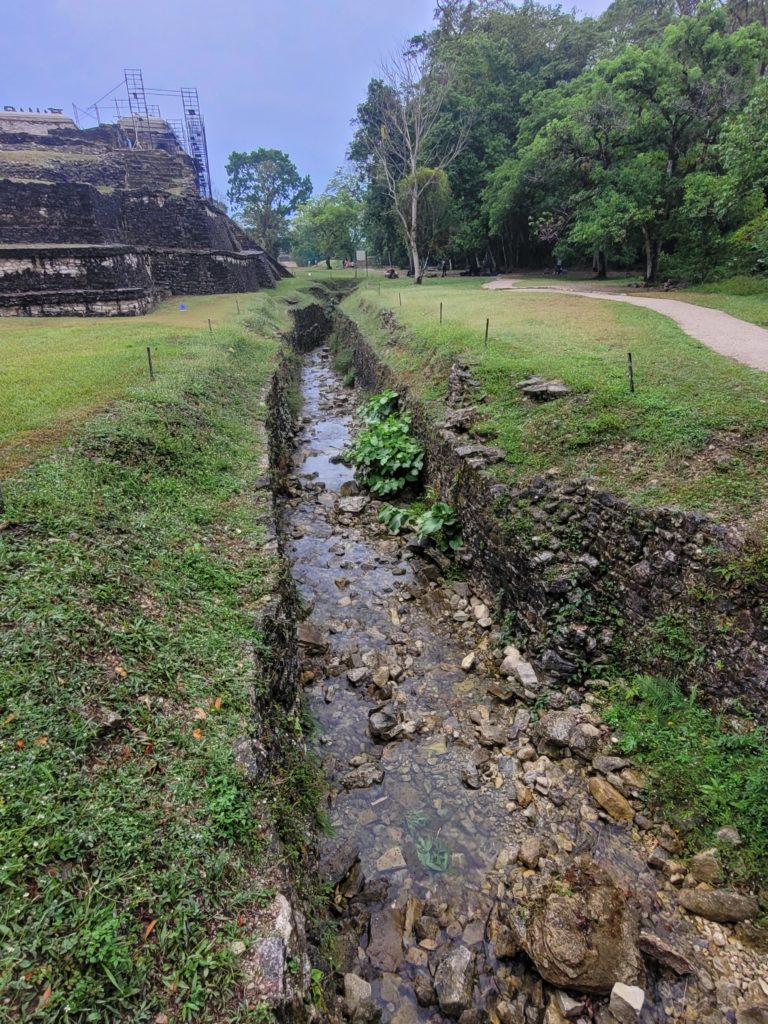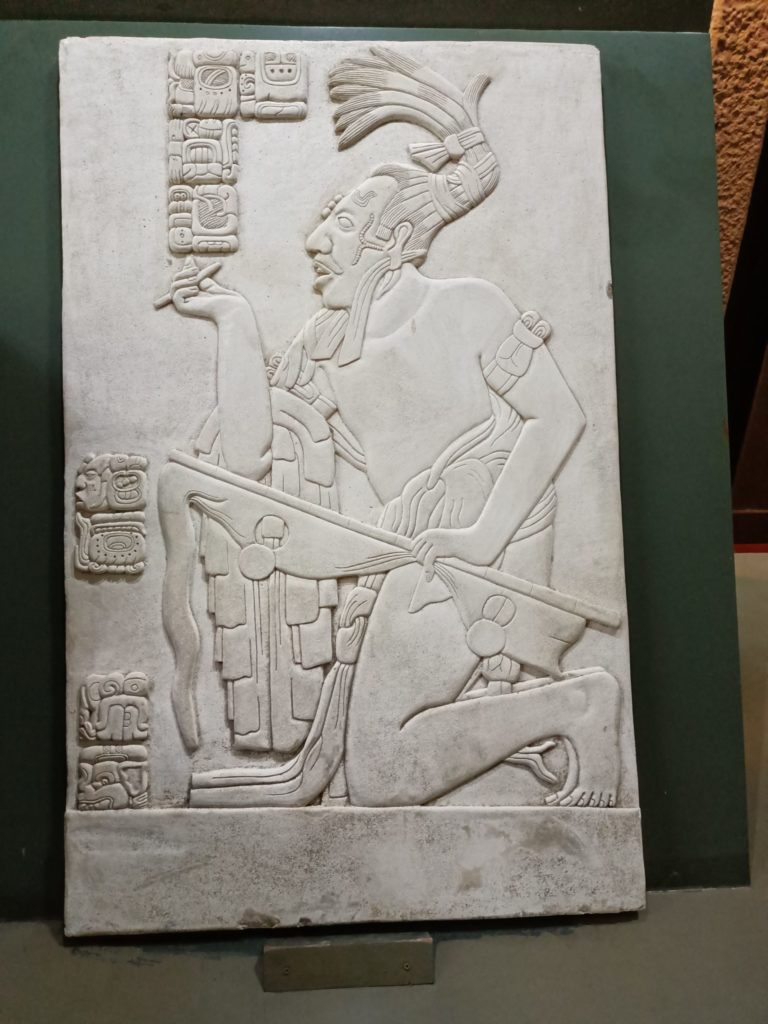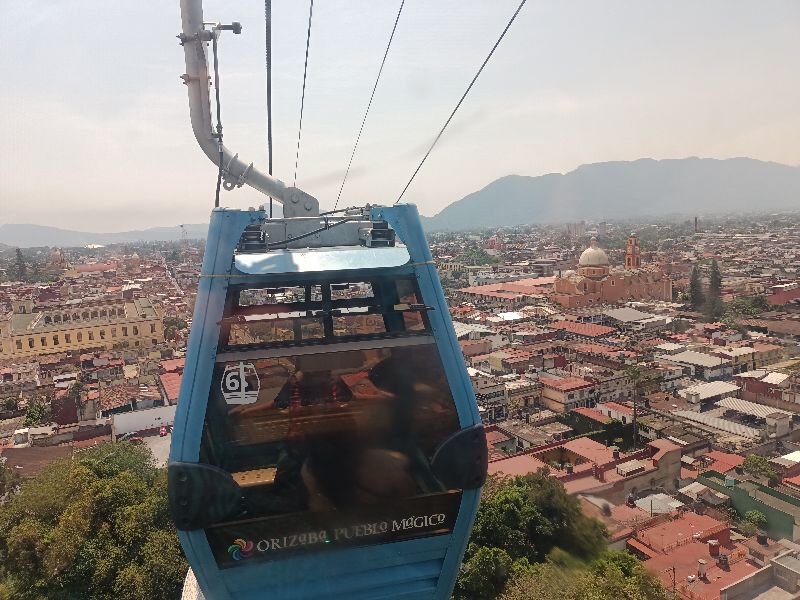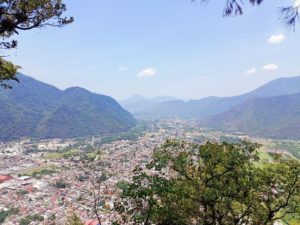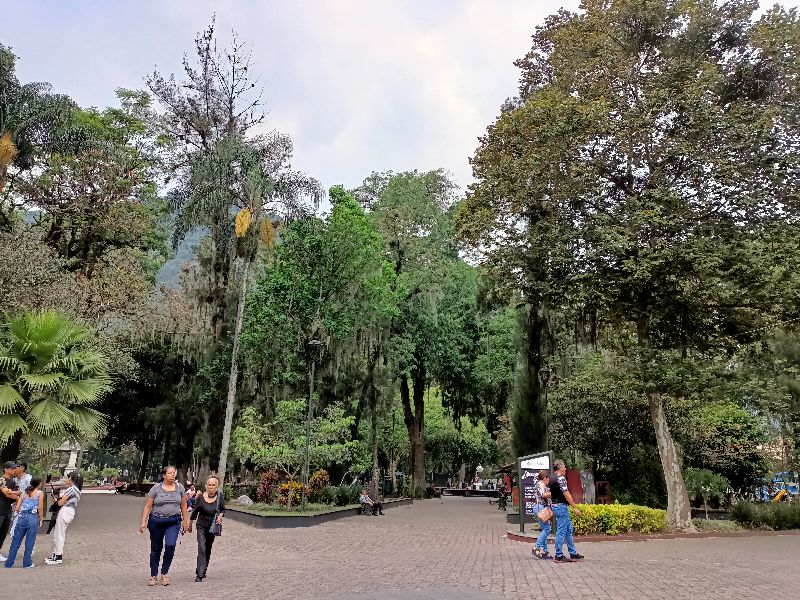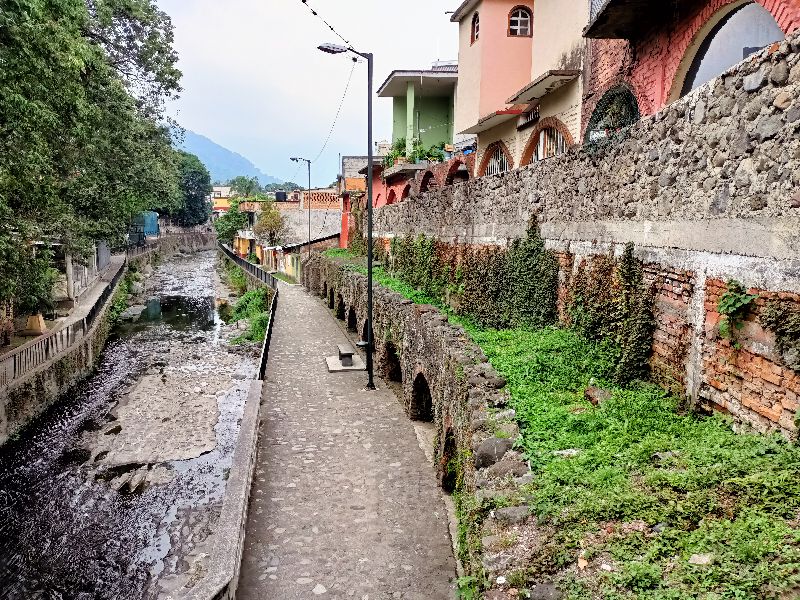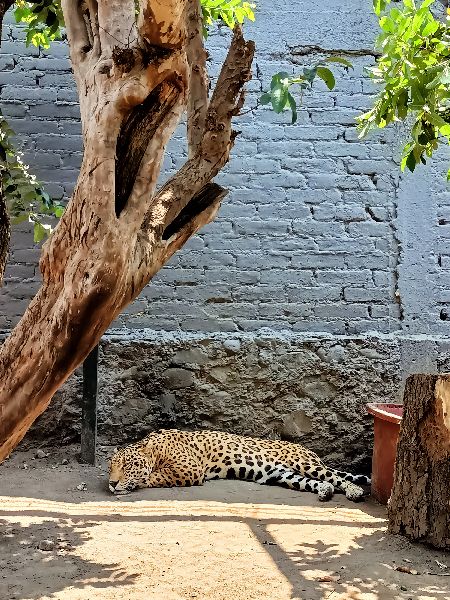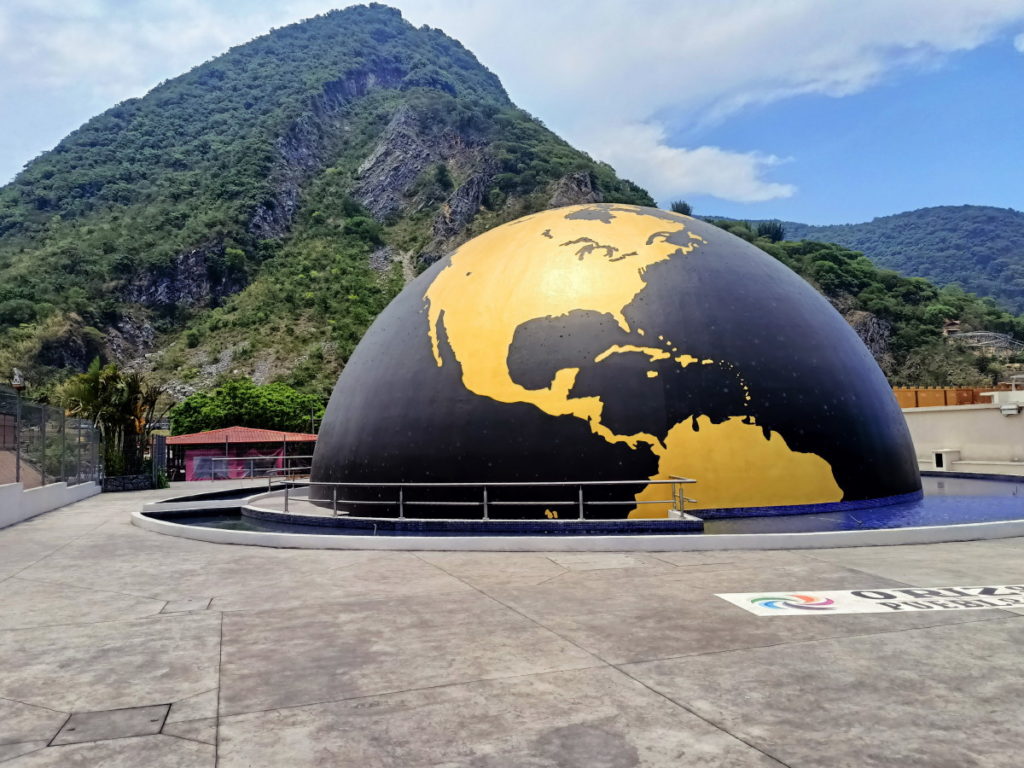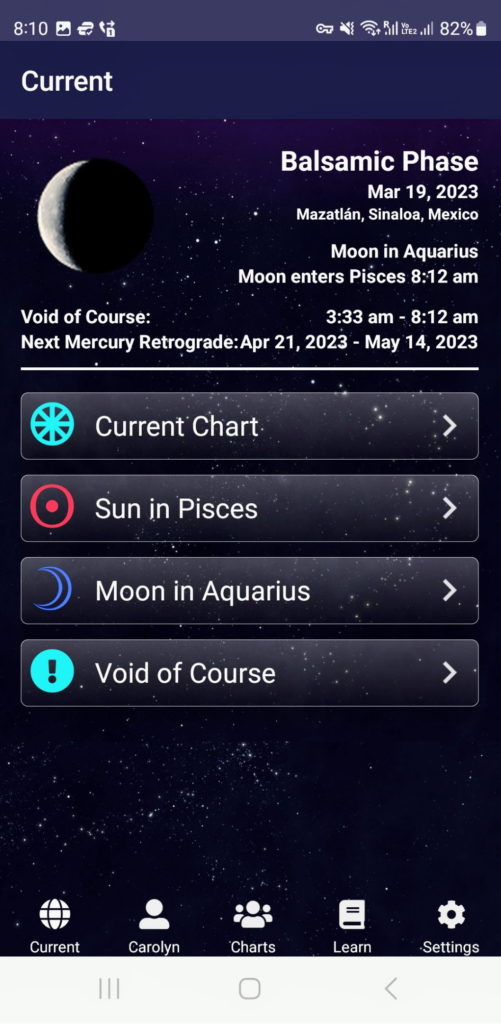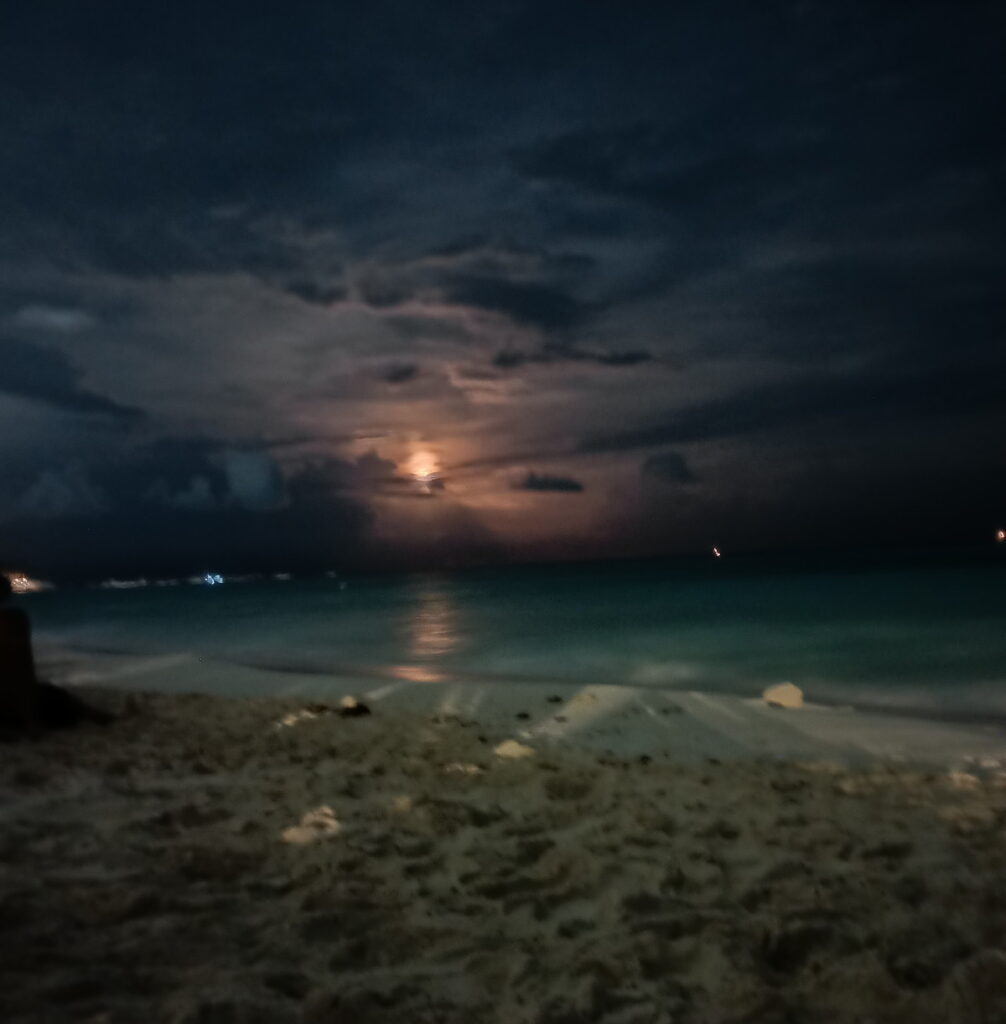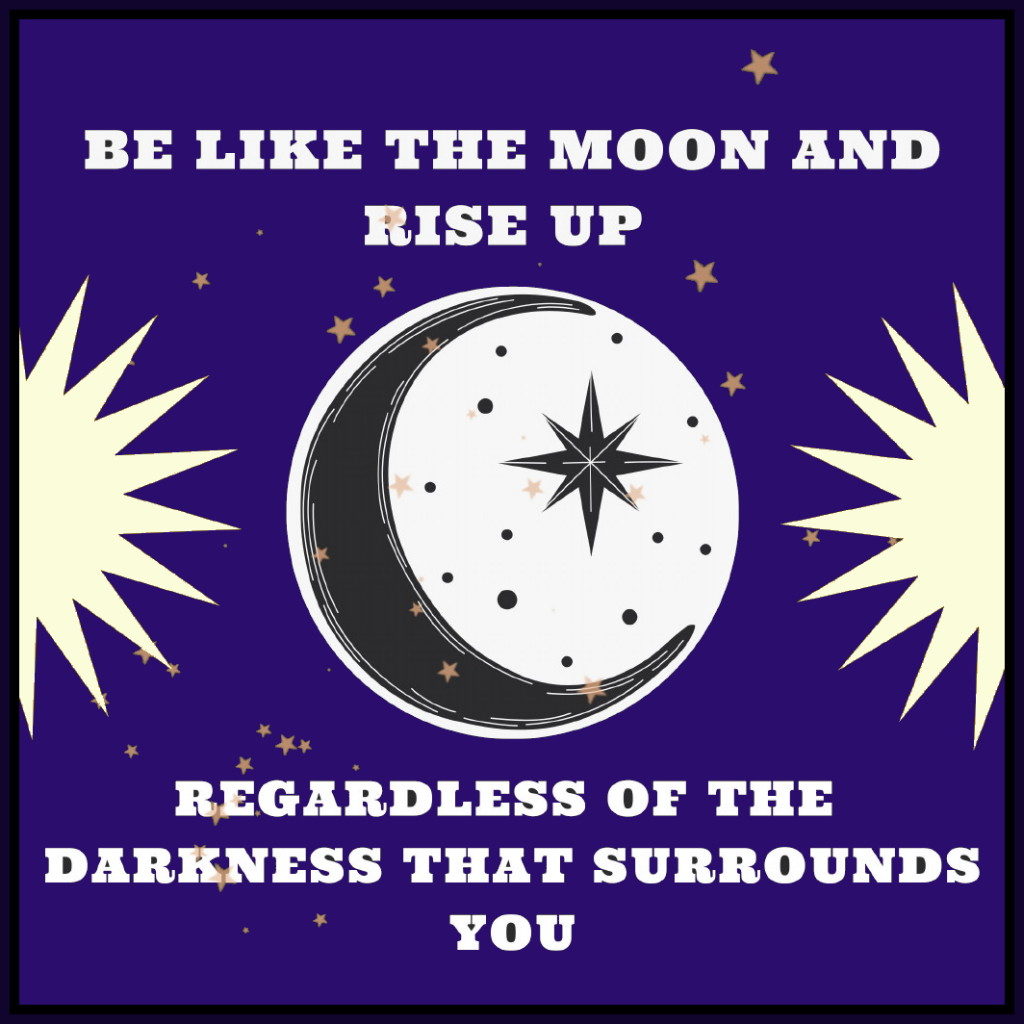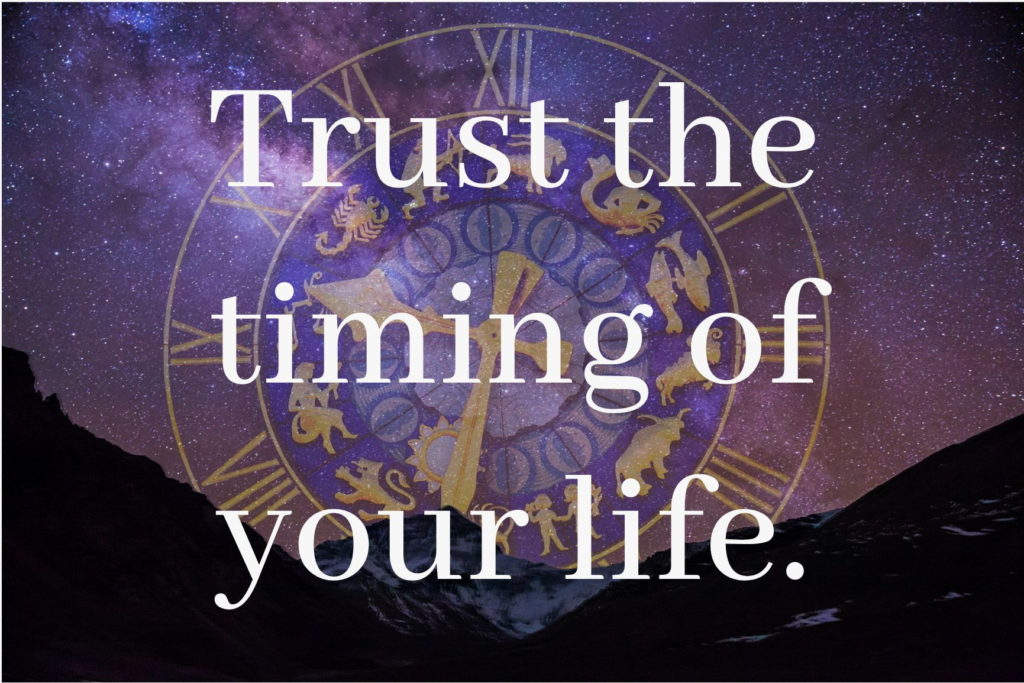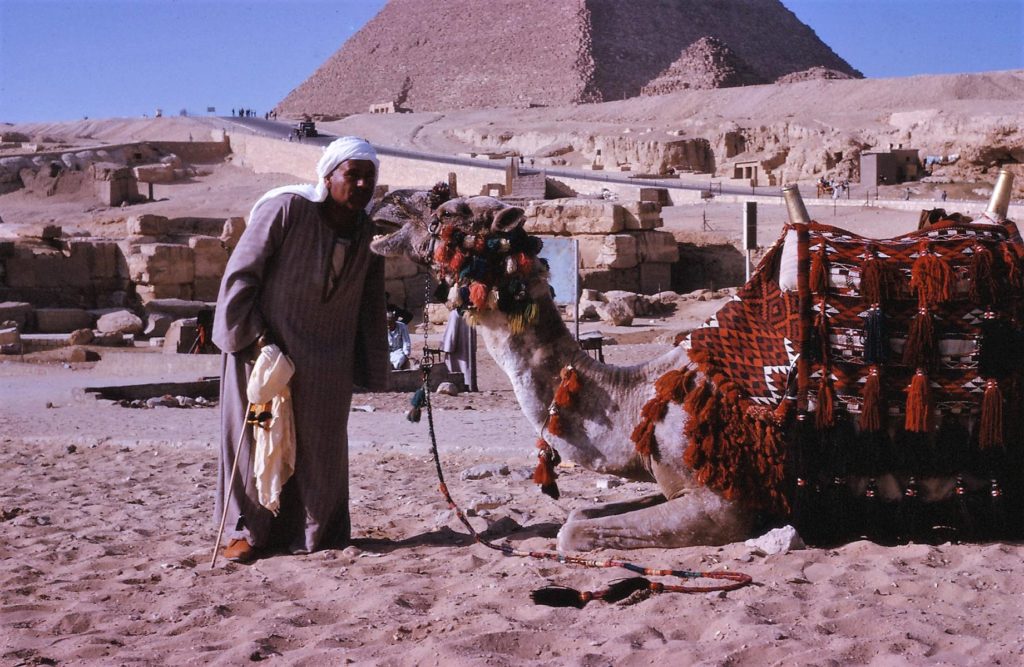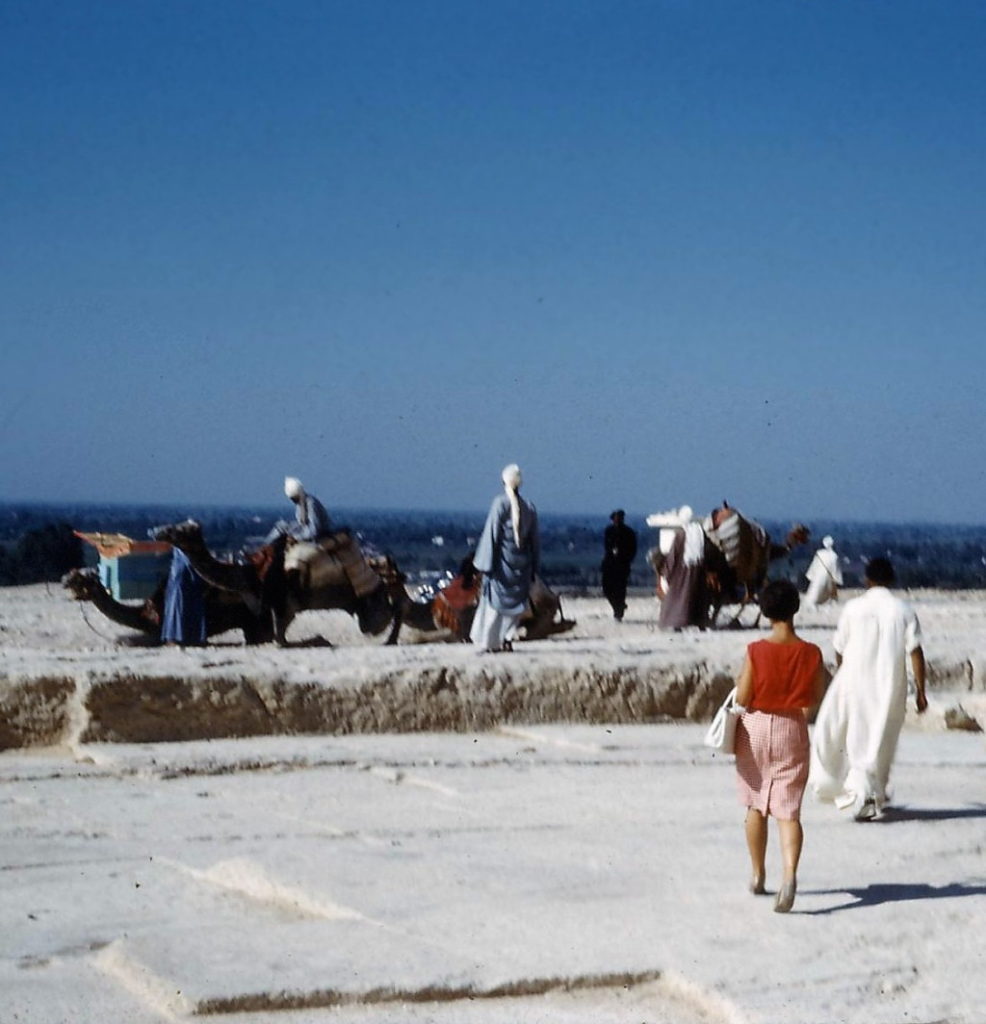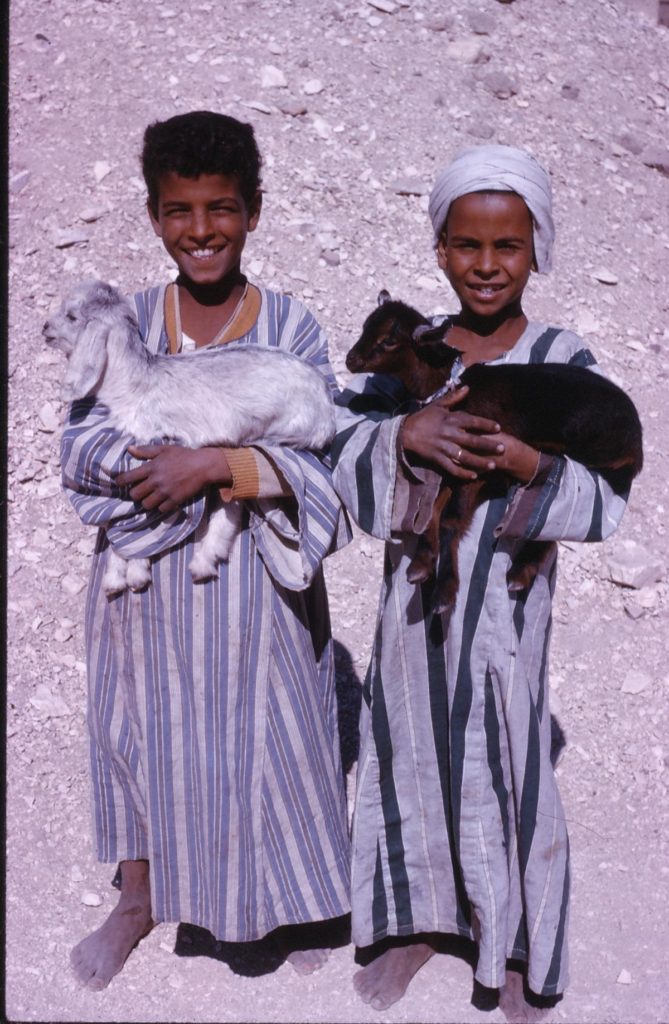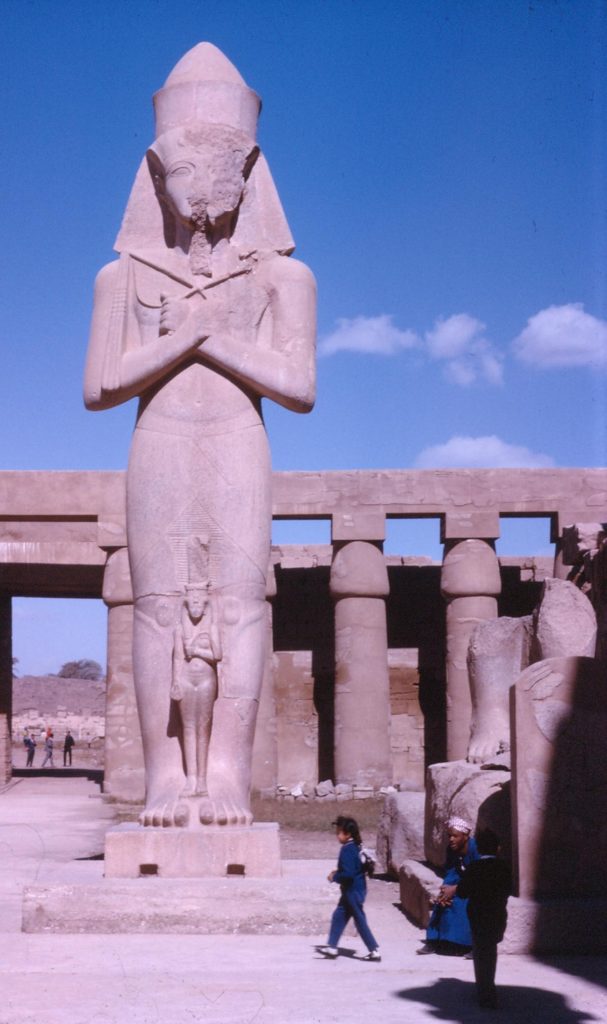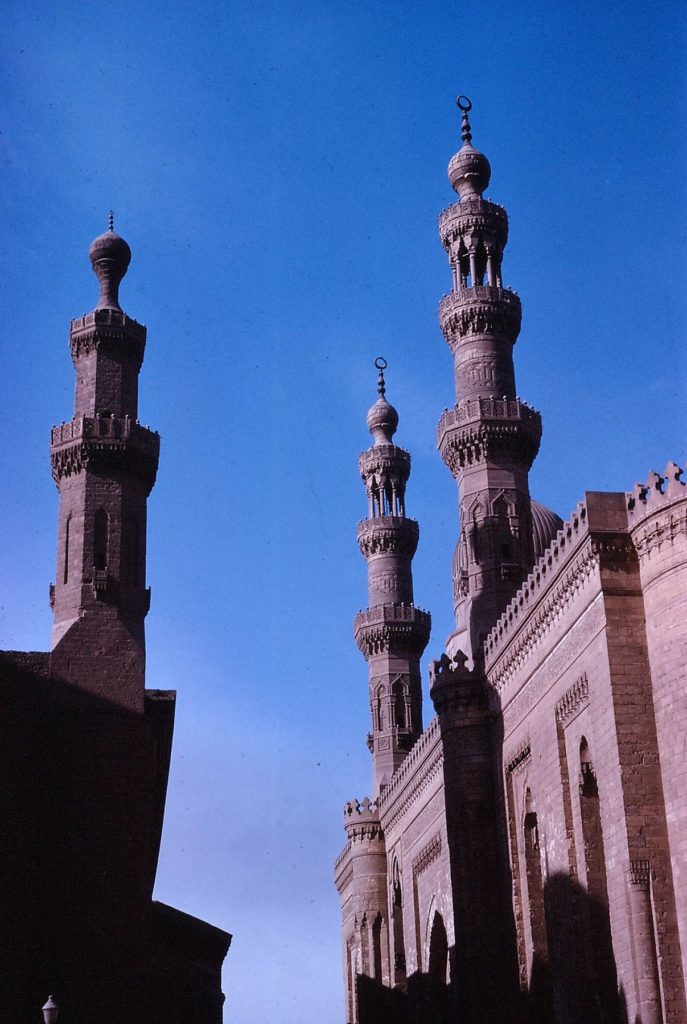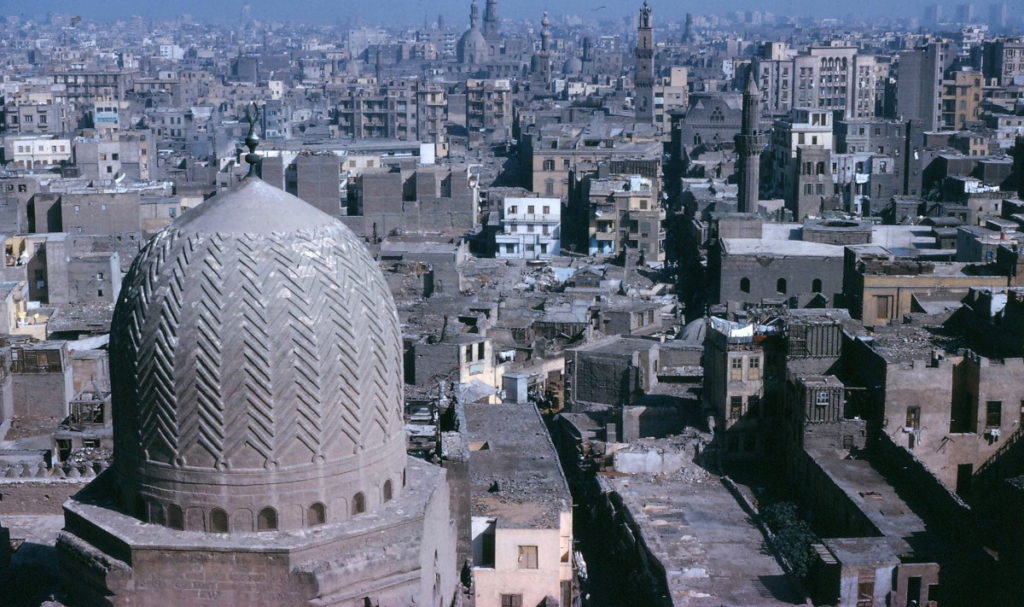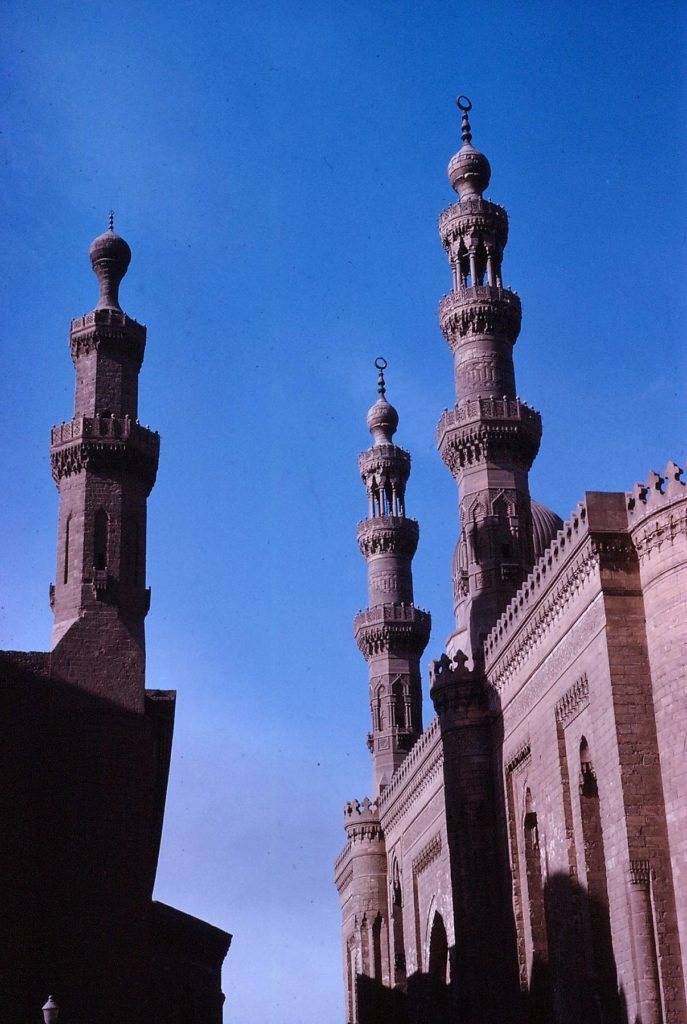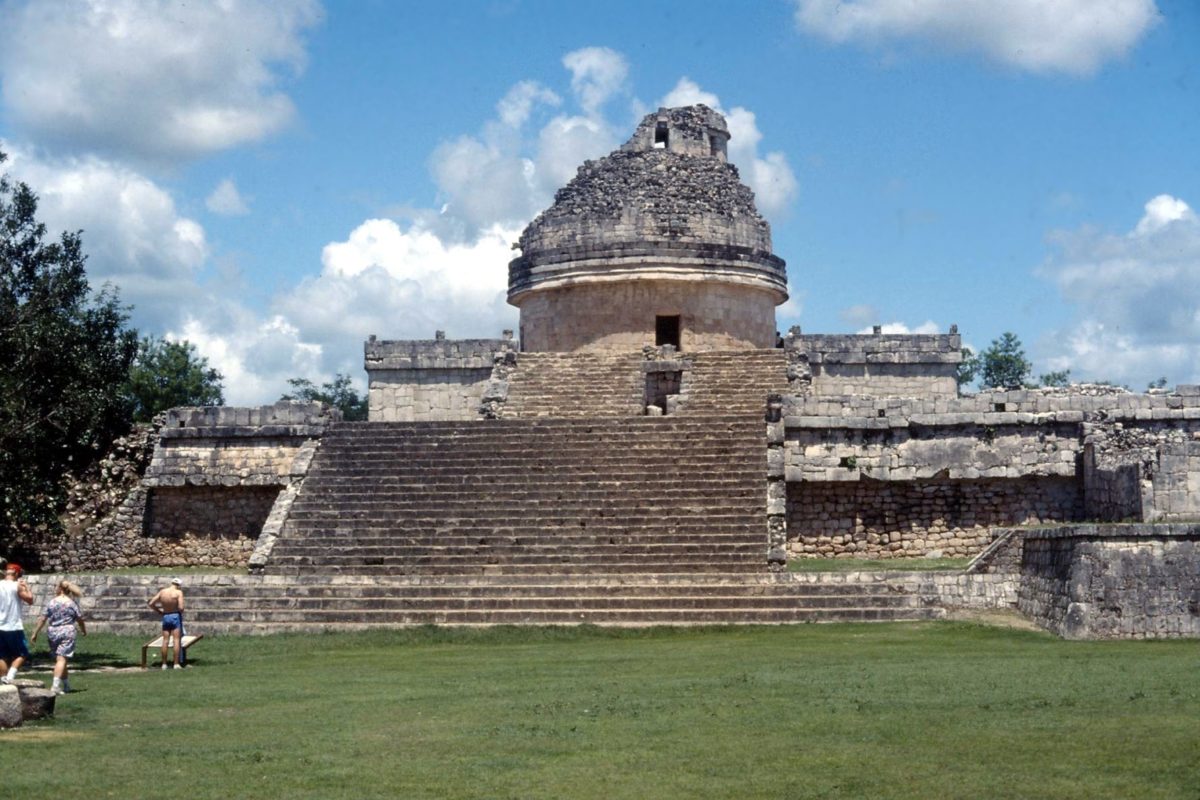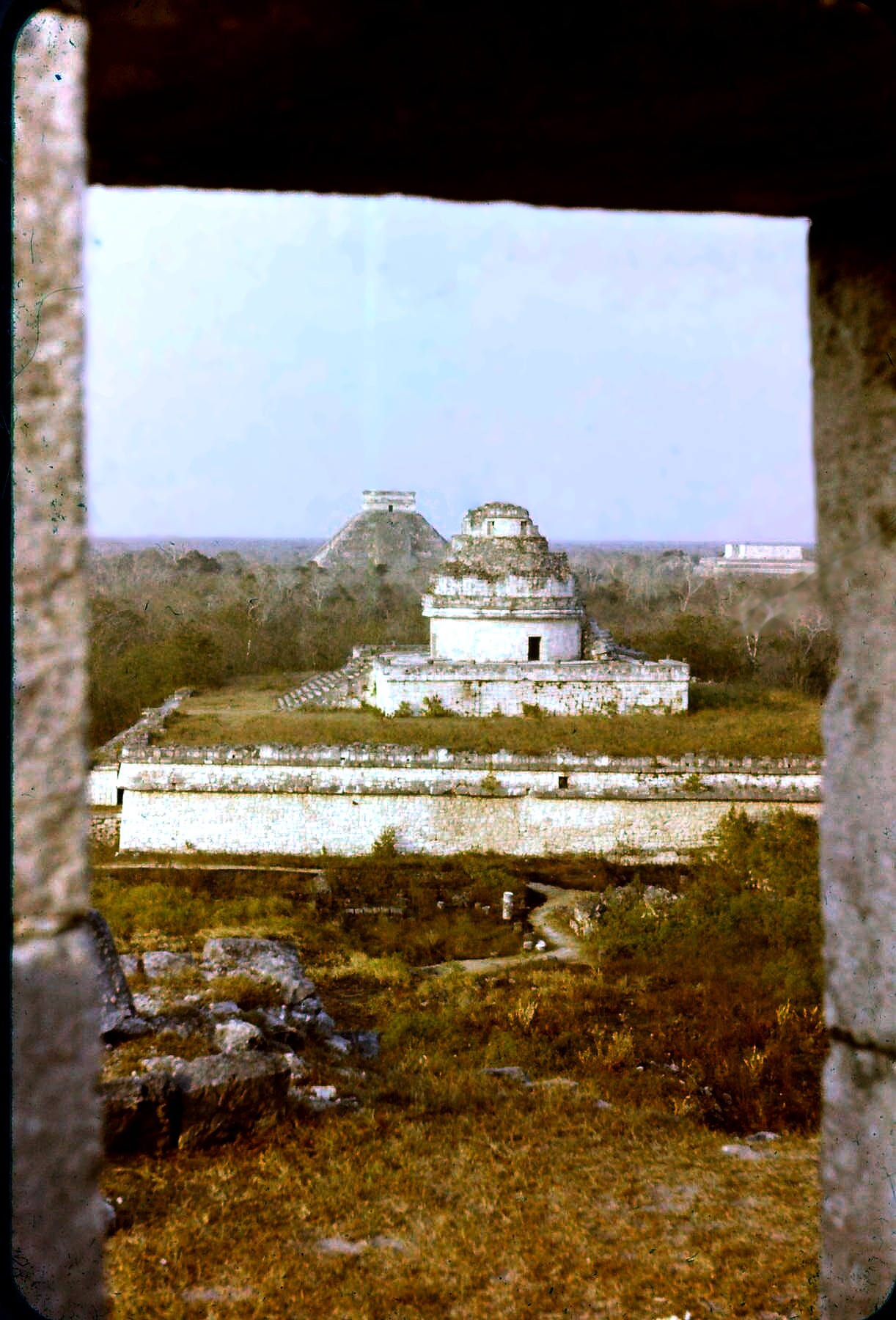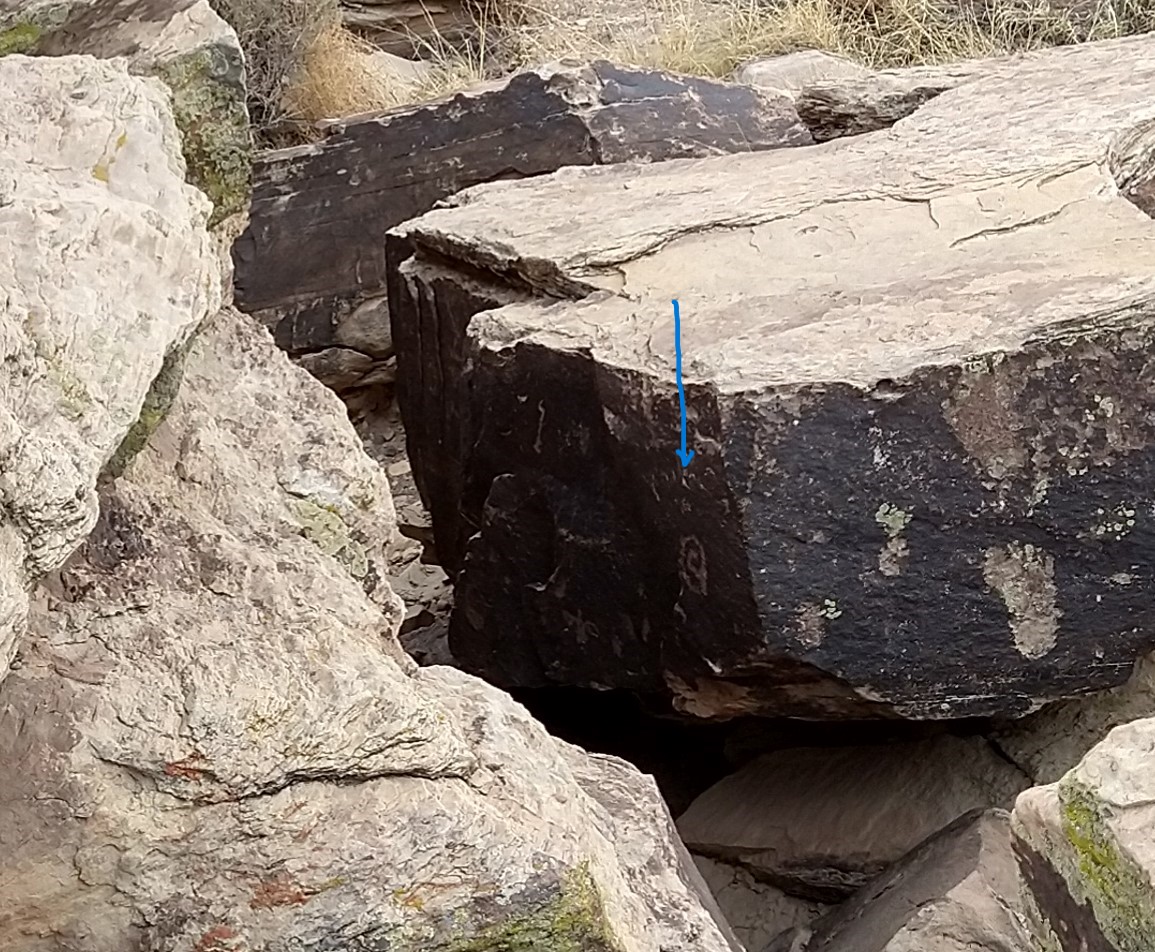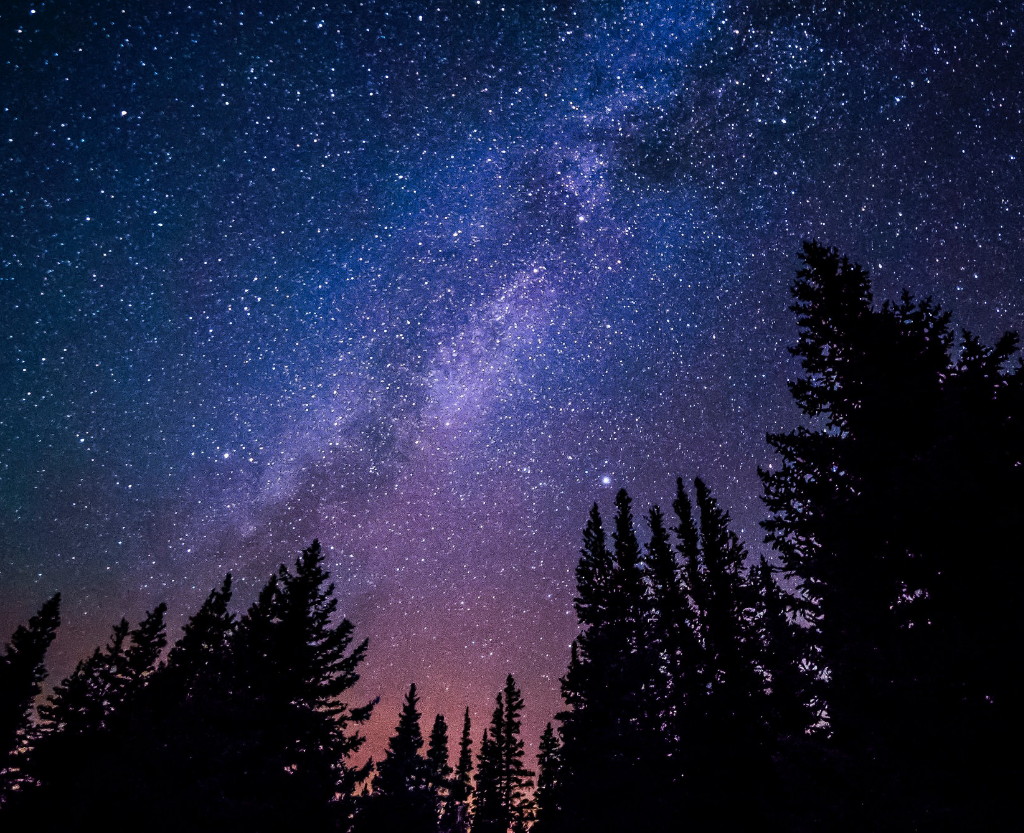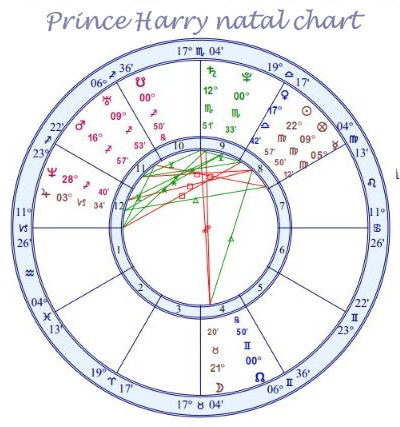Traveling when old has similarities and differences to traveling when young. Two years ago, Robert and I uprooted ourselves to travel in Mexico. But we didn’t settle in one place. We’ve traveled around. The ease of using the buses, planes, hotel and Airbnb sites made short term stays in different areas fun and affordable.
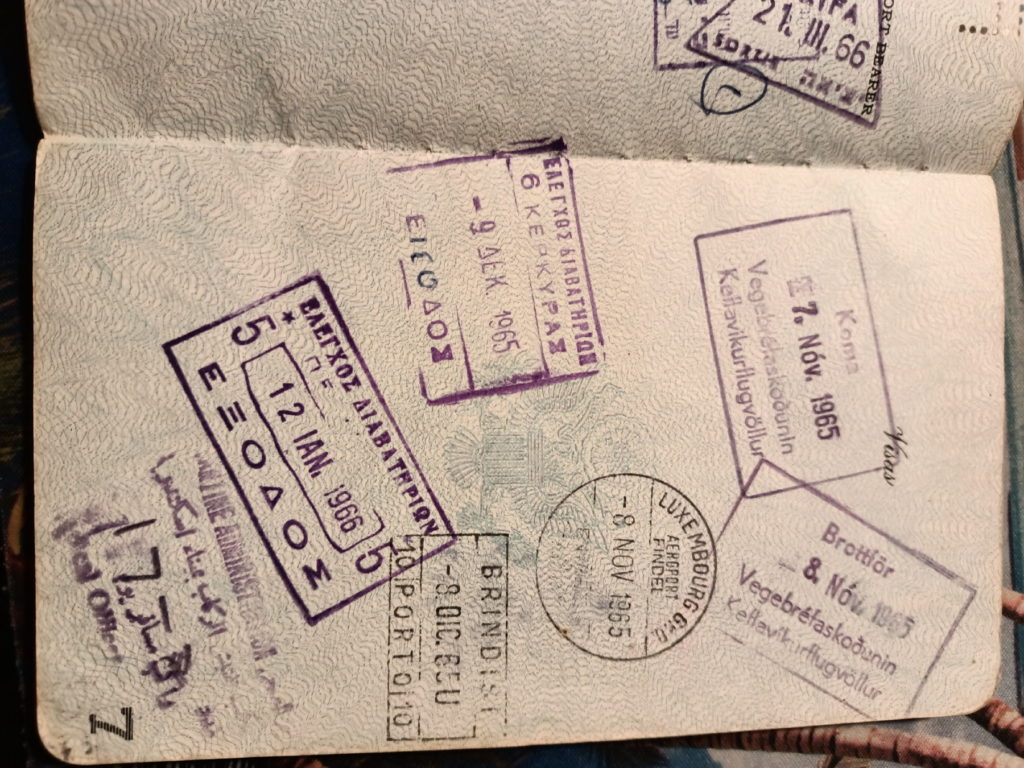
We have more luggage now!
There’s a big difference between the kind of traveling we do now and the kind that we did in the ’60s ’70 and even the ’80s. For one thing, we use suitcases now, while we preferred backpacks back then. Everything we need for our everyday lives fits in two suitcases, each, but they aren’t little suitcases. Dragging them through a bus depot or airport is embarrassing. I used to travel lightly and proudly, without encumbrances other than a small backpack.
Things that we didn’t need before when traveling include things that didn’t exist in the 60s, 70’s and 80’s, like our laptops, cell phones and their associated cables and chargers, keyboards and my 21 inch monitor.
I have a lot of vitamins, a neck massager, a “ma roller”, wraps for knees, wrists and elbows, a heating pad, ice pack and more. Even though I don’t have any aches and pains at this moment, I carry these tools. And though seldom, I have used each and every one at least once on this journey. In reality, it’s a lot easier to pull something out of my suitcase than try to find an open store in some tiny unfamiliar town at ten o’clock at night or 5 in the morning.
As a grownup and elder, I don’t have a mom or dad to take care of my mail and things back home. Thankfully, with cell phone and laptop, I take care of most of my mail (digital), order supplies that I need and pay taxes online. Infrequently, we order physical mail to be sent from our physical mail center, when we can’t get back to pick it up in person.
When we left for Mexico, I had only clothes for moderate and warm weather. After a few months in the tropical lowlands, we went to Mexico City in mid-January. The cold was impressive and we immediately went shopping for sweaters, jackets and warm pants. These items added to what I carry. I replaced my small suitcase with a larger size. Now, my several changes of clothes include items both for the cool highland climates and tropical lowlands. I only buy clothes that wash and wear easily. Though I wash some things by hand, most often we take our clothes to a nearby lavanderia. Here in Mexico, do-it-yourself coin-op laundromats exist in some cities. We prefer those.
Good health is vital when traveling!
Since my first serious encounter with tropical illness in 1965, I don’t take good health for granted.. Therefore, I have vitamins and herb supplements that I would have never dreamed of carrying in my youth. Supplements that are reputed to build the immune system are part of my daily regimen. For my mental and physical well being, I think this two year journey has been very beneficial.
We pay attention to the body’s need for exercise and fresh air, so we travel slower.
A big change between now and when we were young is that our bodies rebel when confined to a bus or airplane seat for hours. While we used to cover lots of ground by traveling long distances at night, we avoid overnight rides now. We plan our trips so that we are on a bus or plane for no more than four to six hours, preferably two or three. We then stay no less than two days at the destination. This gives us a chance to stretch out, walk, rest, and see a bit of of a new place. Even if not a preferred destination, we have found there is going to be something interesting to see or do everywhere.
Photos are easier to take and store now!
In the past, photos taken by my camera required developing into prints before I could see them. It seemed costly to take too many and I was never sure if they would turn out right. Some of the places we have visited lately are places we visited 30, 40 or even 60 years before. I wish I had more of my old pictures to use as comparison photos, but I only have a few of each place, some not in focus or with good lighting.
Of course, my cell phone takes great photos. I can take as many as I want and discard the failures! And keep them in the cloud for future viewing. It’s great to not have to lug slide projectors and slide trays around. Fortunately, I scanned all my old slides, converting them into digital jpgs in 2006. All my old slides are in the cloud now, too.
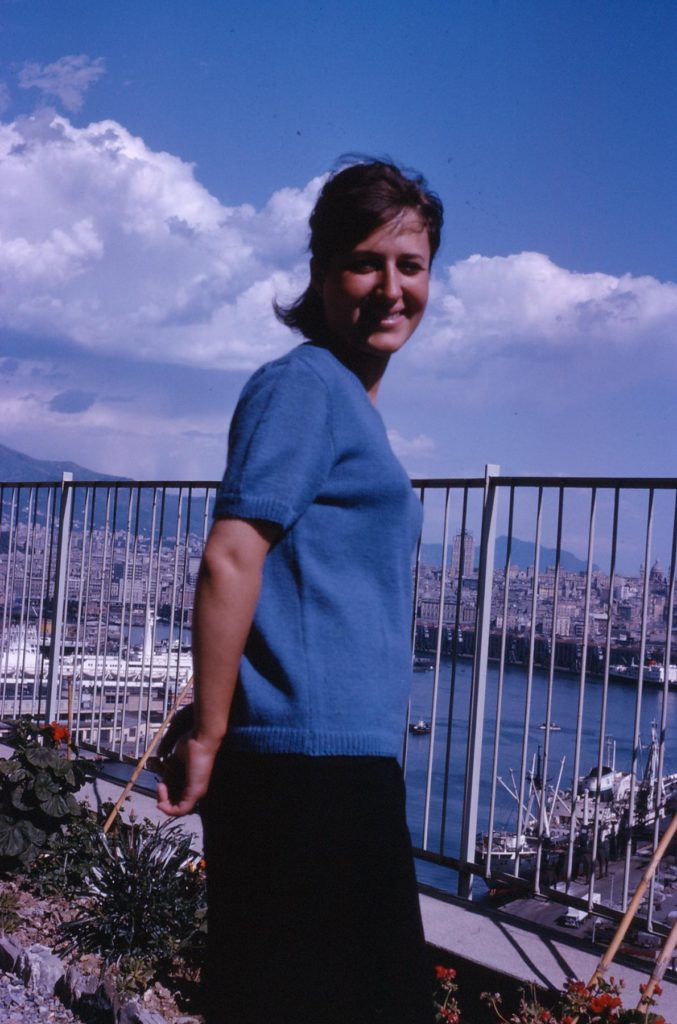
Selfies are not very flattering!
Daily in social media I see photos of young beautiful women who pose so gracefully in front of every monument, beach or festive crowd. That is not us at this time of our lives. I wish I had more photos of a photogenic me, but, alas, the photos reveal me as I really am.
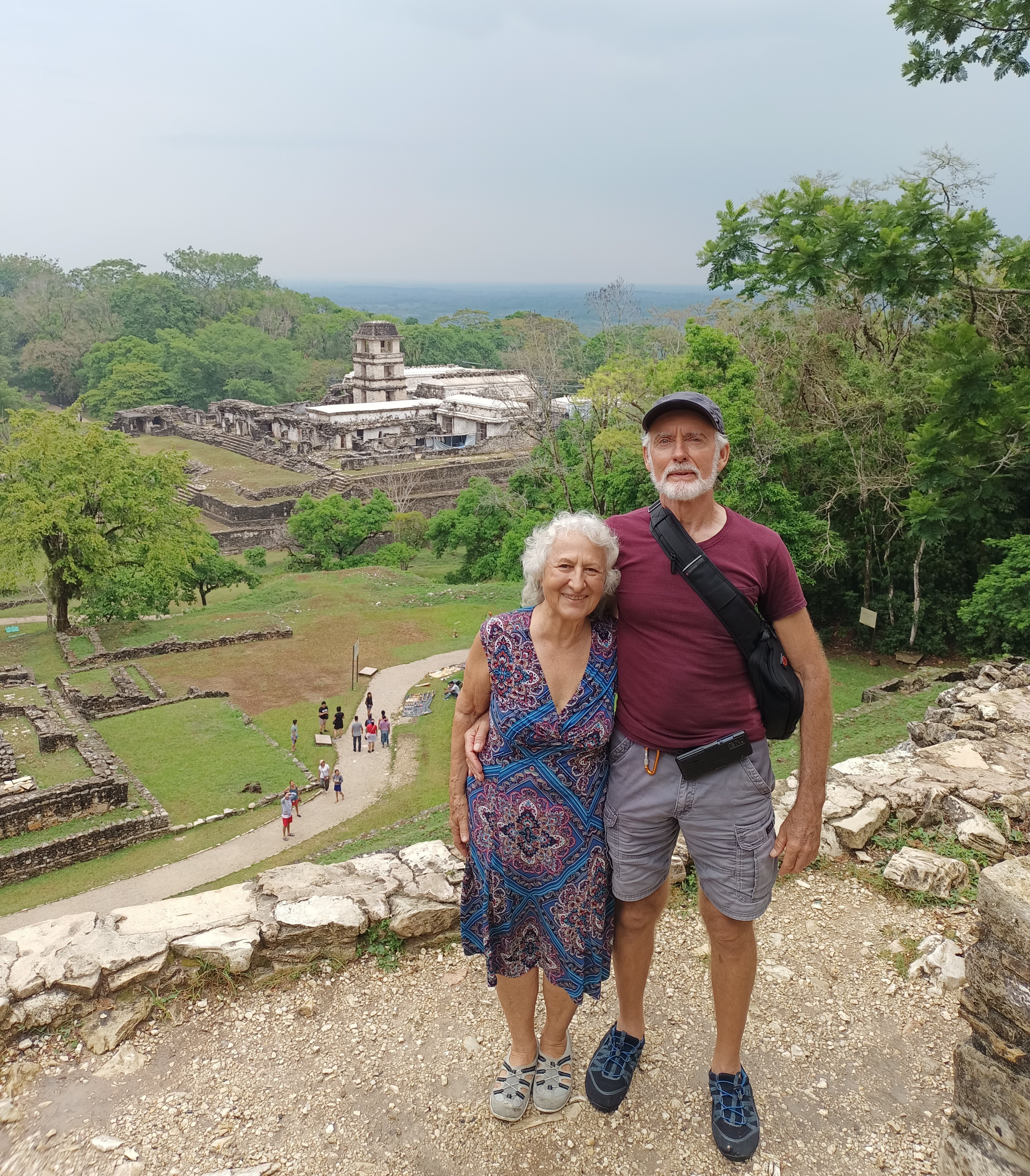
Language Fluency
I’ve traveled in Mexico since the 1960s. In the 60s, I had just come out of high school and college where I spent four years studying Spanish. In subsequent trips, I never was at a loss for words. But when we came to Mexico in 2021, I would open my mouth, rapidly speak a few words and then a deafening silence. Somehow, in the past twenty years, I had forgotten most all the Spanish I used to know. Limited to only remembering some words and phrases and verbs only in the present tense. I would have feared for my memory, in general, but in the past twenty years, I had no problems with remembering other things that seemed important. Passing the real estate exam, substitute teaching, running a small online business, mastering the art of horoscope interpretation, and more occupied the past two decades, so it must have been just a matter of attention and practice.
Language Apps to the Rescue
Language apps are wonderful for filling in the memory gaps. Google Translate helps when I read articles or even a menu in Spanish. I downloaded the Language Transfer app and use it sometimes. It helps with understanding the structure and origins of Spanish.
I use Duolingo daily. I love how the lessons are short and easy to do at various times during the day. At first Duolingo was frustrating, because it took me through beginner’s, present tense lessons, for almost a year before “introducing” me the past tenses. But obviously, I needed the review, or the app would have moved me on faster. I’m still not fluent, but I am heading there. And in addition to learning the language, it feels like there are other learning benefits. All in all, travel has been good for my brain!
